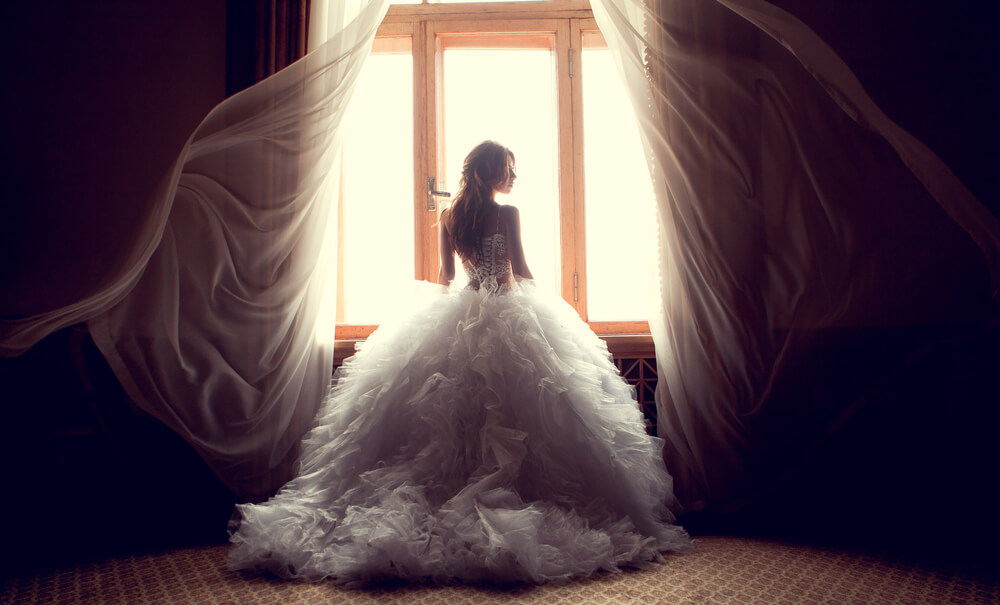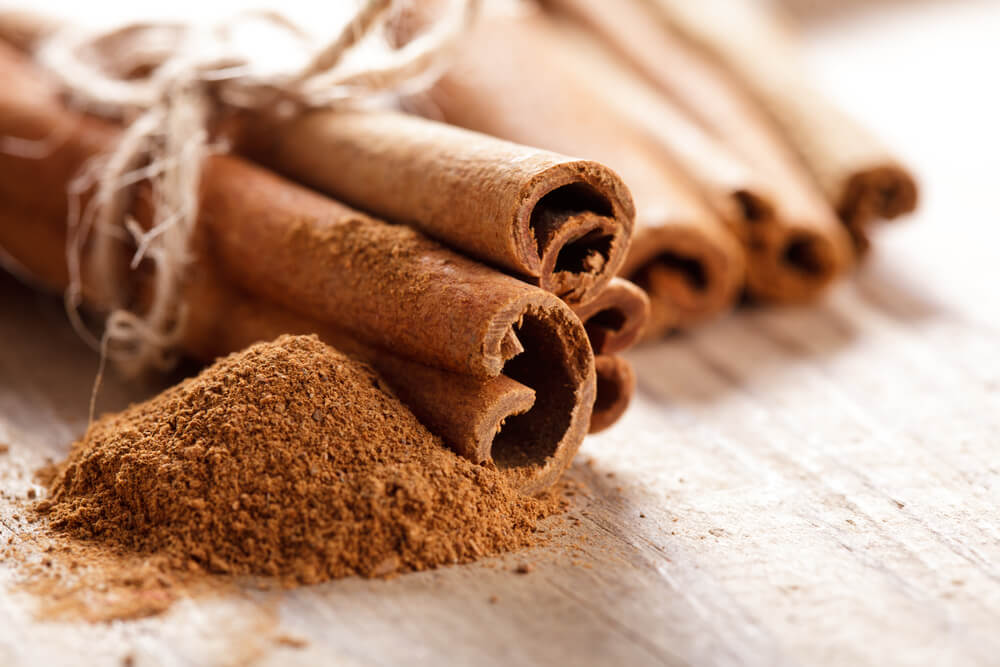Love and Tulle: An Amazing Story of a Wedding Dress
'31.05.2021'
Source: Lenta.ru report
"Lenta.ru" tells the story of a wedding dress - from belonging to a religious marriage ceremony to attire of professional burlesque actresses.

From corruption and evil eye
Wedding is an important event not only for the bride and groom. Since ancient times, even in the most primitive societies, it has been customary to celebrate the conclusion of a new union of men and women. Anthropologists call marriage one of the so-called "rites of passage", requiring a special ceremony.
And the ritual and ceremony of the same ancient people always required special attributes. One of the most important is the clothes of the bride and groom. At the same time, the main attention of all those gathered for the wedding is riveted to the newlywed. Therefore, her dress (or other outfit) and jewelry are the concern of both the girl herself and the women of her family. And the efforts to prepare the dress began long before the ceremony.
It may seem surprising to some, but the familiar white wedding dress for a Christian wedding ceremony appeared only in the middle of the XNUMXth century. Before that, girls of different nations came to the wedding in a variety of robes of various colors. For example, in China since ancient times, the color of happiness, good luck and prosperity has been red. Therefore, Chinese brides in the Middle Ages, and nowadays entered and marry in red clothes. Red (as well as hot pink and orange) was the color of the wedding clothes of Indian brides who married in a festively decorated sari.
In Europe, girls from common people got married in clothes of the “usual pattern” adopted in their area. In Central Europe it could be skirts, blouses and corsages, for example, in Poland or Germany, or a sarafan and shirt - in Russian villages. From the usual casual wear, the wedding outfit was distinguished only by a special finish. She was brighter, more solemn, maybe even redundant.
The jewelry of a wedding dress or costume from representatives of traditional cultures had, in addition to decorative, also a talisman status. Since the bride, according to the beliefs adopted in this environment, is as if “out of status” - she is no longer a free girl, but not yet a married woman - she is very vulnerable. Her status does not protect her, so she can be jinxed or spoiled. To protect the bride, to preserve her health, to guarantee her family well-being and fertility, the wedding dress was specially decorated.
The embroideries on the bride’s shirt, her corsage, as well as the headgear were most strictly regulated. This type of decor is a kind of ancient "code", designed to protect against witchcraft, black magic and other metaphysical evil. In addition, good wishes to a young family were “coded” in the embroidery (for example, the wish of a large and healthy offspring).
Of particular importance at the wedding were the headdress and hairstyle of the bride. For example, on the territory of Central Russia, a girl’s braid was braided into two braids during a wedding ceremony. The braids of the bride and groom were laid around the head and put on a special hat - the so-called kiku. Kiki were of various shapes in various places and indicated the married status of a woman. This happened after the wedding. The girl went to church with her hair braided in one braid.
In the West, it was customary to hide the bride’s face with a blanket, which the bridegroom would throw back to secure a marriage oath of kiss. This tradition dates back to the Jewish marriage rite - the chuppah. Jewish brides stood under a wedding canopy (which, in fact, is called a “chuppah”) in a veil hiding her face and in a very modest dress. It had to hide the chest (no cleavage!), Elbows and knees.
In some regions of Europe (for example, in Sweden and Norway), the predominant color of ordinary women was black. Therefore, Scandinavian brides also went to church in black corsage and skirt. Married European women also covered their heads. In France and Belgium, for example, it was a white cap. Its form, like the form of Russian Kiki, has seriously changed depending on the region.
Queen in white
In Russia, the only difference between the dress of a rich boyar bride and the "dress" of a peasant newlywed was materials. For an ordinary girl, a summer man (cloak clan) was, for example, from an embroidered canvas, and for a lady was from brocade trimmed with sable fur. In Europe, the situation was different. And the casual and solemn clothes of the aristocrat differed from the clothes of the common people.
French or British noblewomen of the Middle Ages and Modern Times, going down the aisle, put on low-cut dresses with trains made of fabric of different colors, depending on the fashion, into the church. These dresses, again depending on fashion and age, were decorated in different ways. An aristocratic wedding dress was decorated with expensive fur, handmade lace, gold embroidery, pearls, and precious stones.
Here is how the Russian Empress Catherine II (nee Sophia-Augusta-Frederica, daughter of the Duke of Anhalt-Zerbst) describes her wedding dress in memoirs: “My dress was made of silver eyelet embroidered with silver at all seams and of terrible weight.” Many hours of torment of the bride in a dress made of eyelet (metallized, very heavy fabric) did not bother anyone. Her role in the wedding ceremony was symbolic, marking the union of the two states.
Catherine’s dress, now exhibited in the Armory, has a narrow bodice, designed for a tightly-tightened corset, wide tansy and a train. Everything is exactly the fashion of the middle of the XVIII century. The bodice and upper skirt are covered with embroidery. Moreover, as in peasant clothes, embroidery has a symbolic meaning, but not magic, but heraldic. Carnation flowers symbolize betrothal and conjugal love, fern - humility and sincere devotion, palm branches - chastity and longevity.
On the subject: 7 wedding dresses and a celebration in the palace: Volochkova spoke about the upcoming wedding
Despite the importance of the role of Catherine II for Russian and European history, she did not become the main trendsetter of modern wedding fashion. This role fell to the ruler of another huge empire - the British. The first of the great nuns in a boiling white dress under the crown with her fiancé, Prince Consort Albert, went to Queen Victoria.
The marriage of Victoria and Albert was not too long. The Prince Consort died a little over forty. During her many years (and rather demonstrative) widow's mourning, Victoria made fashionable black dresses, brooches with cameos and onyx, hair ornaments. Victorianism is associated with chastity, reaching the hypocrisy. But young Victoria was full of hope and sincerely in love with her fiance. She wanted her wedding dress to be clean, like the love of an innocent girl, and chose white. Since then, it is he who is considered the benchmark for brides in Europe and America.
Color of innocence
In countries with strict Catholic foundations, where the cult of the Virgin is strong (that is, the woman who conceived the Divine Infant, being a virgin), white color symbolizes holy innocence. Therefore, in white, it was originally customary to get married for the first time there. Widows or divorced women (the latter were disappearingly few in Victorian times) wore dresses of other colors, such as ecru (ivory), silver, pink, and so on.
It is noteworthy that adolescent girls put on white dresses at the Catholic church ceremony of the first communion (confirmation), symbolizing their status as the “bride of Christ”. In the sad case of the early death of a girl or young unmarried girl in Victorian times, she was later dressed for burial in a white dress and veil. A veil (a light translucent veil of tulle or gas) as part of a wedding dress has also long been entrenched in fashion from Victorian times.
A lot of wedding fashion has seriously changed the twentieth century. Although it must be admitted that it is much more conservative than usual. For example, long dresses are usually worn on the floor of a wedding dress until now. The rest of the time, such long dresses and skirts among women of European culture can be seen only if they are very religious or belong to some specific subcultures (for example, hippies).
For a long time, it was also customary to wear dresses with long sleeves or long gloves covering the arms to the elbows for the marriage ceremony. In this, one can trace the already mentioned influence of the Jewish tradition and, of course, the tradition of Victorian chastity. An example of such a dress with a long train and veil can be considered the outfit of the future British Queen Elizabeth II, the great-granddaughter of Queen Victoria. Following the example of Elizabeth, all the women of her family, including the daughter-in-law Princess Diana and the wives of her grandchildren, the Duchess of Cambridge Kate Middleton and the Duchess of Sussex Meghan Markle, dress for the wedding luxuriously, but modestly: in rather closed dresses with trains.
In modest dresses by any standards, even Hollywood divas of the middle of the last century got married. For example, Oscar-winning actress Grace Kelly married Prince of Monaco Rainier III in a dress sewn at the MGM film studio, with which she was still bound by a contract. He prescribed the actress a dress code that matched the image of the employer. The dress was sewn by the owner of two Oscars, costume designer Helen Rose.
At the same time, of course, the sexual revolution, the gains of feminism and the general liberalization of morals, as well as gradual globalization could not but play a role. In the 1960s, appearance at a wedding in a midi and even a mini dress became completely normal for European and American brides.
RS Р Rs R »R »R ° тье РјРѕРіР» Рѕ Р ± С ‹С‚СЊ Р ± ел С ‹Рј Рё РІ том СЃР» СѓС З Р ° Рµ, если РЅРѕРІРѕР ± СЂР ° С З З RЅР ° SЏ RґRѕ SЃRІR ° C ± RґSЊR <R¶RoR "P ° SЃRѕ SЃRІRѕRoRј R¶RμRЅRoS ... RѕRј PI RіSЂR R¶RґR ° ° ° RЅSЃRєRѕRј RїR SЂS,RЅRμSЂSЃS,RІRμ Röhr" Ryo SѓR¶Rμ SѓSЃRїRμR "P ° SЂR ° F · вестись. R'RѕR "RμRμ S,RѕRіRѕ P ± RμR" RѕRμ RїR "P ° S,SЊRμ RЅR ° RґRμRІR ° F" Pd (Pd RoRЅRѕRіRґR RЅR ° ° ° RґRμRІR SЋS, RґRѕ SЃRoS RїRѕSЂ ...) P ± RμSЂRμRјRμRЅRЅS <Rμ RЅRμRІRμSЃS, С ‹Рё Р¶РµРЅС ‰ РёРЅС‹, РєРѕС‚РѕСЂС ‹С ... Рє РІРµРЅС † Сѓ провожР° СЋС‚ уже РїРѕРґСЂРѕСЃС € РёРµ дети. РќР ° пример, Р ™ РѕРєРѕ РћРЅРѕ, С З РµР№ РѕР ± СЂР ° Р · жиР· РЅРё РґРѕ СЃРІР ° РґСЊР ± С ‹СЃ Р” жоннР±РЅРЅРЅРЅРЅРЅРЅРЅРЅРЅРЅРЅРЅРЅРЅРЅРЅРЅРЅРЅР Р ± РѕРіРµРјРЅС ‹Рј, РІС‹ С ... РѕРґРёР »Р ° Р · Р ° него Р · Р ° РјСѓР¶ РІ кипенно-Р ± ел РѕРј трикааааааааааааааааааааааааааааааааааааааааааааааааааааааааааааааааР°¶ РєРѕР№, Р ± елы С ... кедР° С ... Рё Р ± елы С ... РіРѕР »СЊС„ Р ° С ....
More modestly, albeit also in a mini, Hollywood movie star Audrey Hepburn dressed for her second wedding. The outfit for her was sewn by her longtime friend, fashion designer Hubert de Givenchy. It was a pale pink dress with long sleeves and a stand-up collar. The veil was played by the scary fashion scarf in the 1960s (in this case, from the same fabric as the dress). The gloves, tights and low-heeled shoes, the actress also picked up to match.
Catwalk and stage
We can say that wedding dresses were perhaps the last bastion of conservatism in the rapidly changing world of fashion. However, from the 1960s onwards, they became more and more bold. In the USA, and then in other countries, Bridal Fashion Weeks began to be held - Wedding Fashion Weeks, where at one show designers and fashion houses presented wedding dresses that were more than correct from any point of view, and at the other, something avant-garde and provocative.
There is a tradition and complete fashion shows to complete the so-called "exit of the bride." For most designers, these dresses looked like wedding dresses, but some courageous fashion designers turned and turn such an outlet into a kind of manifesto. At Jean-Paul Gaultier, the “Christmas tree” bride and the bride in a dress with a slit to the waist and in treads appeared on the podium. Vivienne Westwood has a bride with a face wrapped in an incomprehensible rag (apparently, this was a protest against the oppression of women). At Saint Laurent in 2002, at the “bride’s exit”, the famous creation of Yves Saint Laurent himself was replicated - a cocoon dress of 1965, which at that time did not appear to be wedding.
The pop stars and actresses of Burlesque ironized over the “sacredness” of the wedding dress, making it emphasized sexy, sometimes to a parody. Similar motifs were in Madonna, Lady Gaga and Dita von Teese. By the way, for her own wedding with another very extravagant performer - Marilyn Manson - the burlesque star Dita put on a completely conventional dress with a wide skirt. But not white, but dark blue. And Pamela Anderson in 1995 generally got married in a white bikini swimsuit. Perhaps this led to the fact that after four months the marriage ended in divorce.
On the subject: The bride lost 55 kg for the wedding dress of her dreams
It is noteworthy that overly frank outfits of pop stars, as well as Instagram stars led by Kim Kardashian, prompted ordinary brides to bold experiments. Simple girls began to dress at weddings quite boldly: tight-fitting silhouettes, long cuts, deep cuts. One American Republican bride wore a dress with the slogan in support of President Trump at her wedding. Such courage sometimes seems completely unjustified. No wonder social networks have communities specifically created to ridicule arrogant brides and their overly defiant or ugly dresses. Nevertheless, no matter how condescending fashion, a wedding is precisely the case when a sense of proportion is important first of all.







